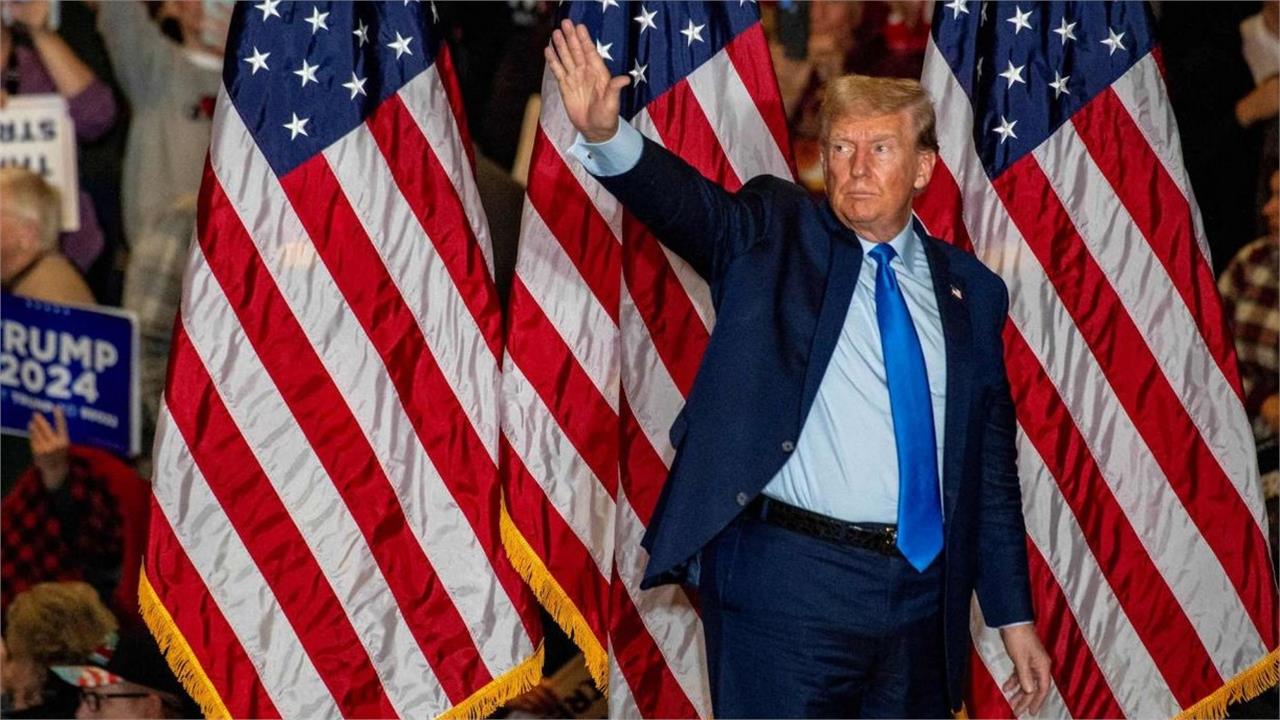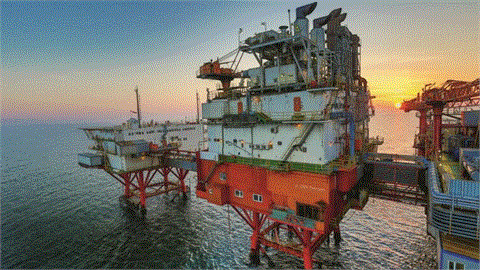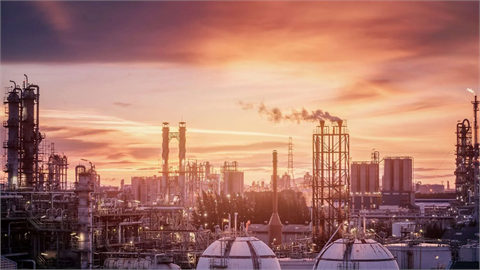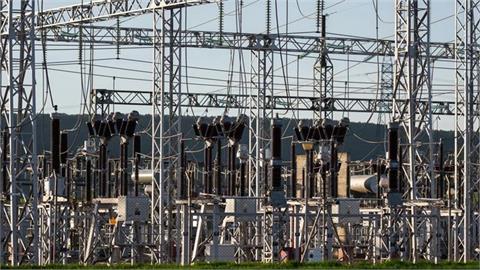by Costis Stambolis*
Barely two weeks back in office and President Donald Trump has moved with astonishing speed and boundless ambition to overturn the existing political, economic, trade and international order in an even more far- reaching way than many of his supporters or critics had imagined possible. Mr. Trump has thrown the world capitals into turmoil by purging enemies at home, attacking allies abroad, shuttering government agencies and departments, handing the tools of government to an unelected billionaire and ignoring multiple laws at home and international law outside the US.
Nowhere are his apparently incoherent but admittedly bold policies more evident than in the sphere of international trade and energy. Soon after taking office Donald Trump hit Canada, Mexico and China with steep tariffs in a move that launches a new era of trade wars between the US and three of its largest trading partners. Trump issued an executive order applying additional tariffs of 25 per cent to all imports from Canada and Mexico-now stalled for 30 days-with the exception of Canadian oil and energy products, on which US refiners and industries depend- which will face a 10 per cent levy. Prompting Canada’s foreign minister Melanie Jolie to warn that the imposed tariffs could leave USA reliant on Venezuela’s oil. With Canada being by far the biggest foreign oil supplier to the US, accounting for about60 per cent of its crude imports. Imports from China will face a 10 per cent tariff over and above existing US tariffs.
On the very first day of taking office Trump declared a national energy emergency, intended to provide him with the authority to reduce environmental restrictions on energy infrastructure and ease permitting for new transmission and pipeline projects. He then went on an issued an order to resume processing export permit applications for new liquefaction terminals which will help boost further American LNG exports. Following suit was the withdrawal of USA from the Paris Agreement of 2015, repeating a move he made in his first term. Trump, not unreasonably, has called climate change and containment policies a hoax, insisting that the accord puts the United States at a competitive disadvantage to geopolitical rivals like China.
The US President then went on to suspend new federal offshore wind leasing pending an environmental and economic review saying that wind turbines are ugly, expensive and harm wildlife. He also took aim at electric vehicles, revoking a 2021 executive order of his predecessor that sought to ensure that all new vehicles sold in the United States by 2030 were electric.
Trump’s difficult to achieve oil market trade-off
Unfolding his hydrocarbon strategy for boosting indigenous oil and gas production, Trump signed an executive order repealing Biden’s effort to block oil drilling in the Arctic and along large areas of the US coasts. It is unclear though if the moves would be sufficient to attract big drillers, who have shied away from the region in recent years due to relatively high costs of development. Joe Biden in early January banned new offshore oil and gas development along most US coastline ahead of Trump taking office. In a further move meant to motivate US oil companies to increase production the President announced his intention to fill the U.S. Strategic Petroleum Reserve, “right to the top”. After the invasion of the Ukraine, Biden had sold more than 180 million barrels of crude oil from the SPR, a record amount. The sales helped keep gasoline prices in check, but sank the reserve to the lowest level in 40 years.
However, President Donald Trump’s call for a new oil boom will be thwarted by Wall Street’s reluctance to approve another drilling binge, warn analysts. Total US oil output in Trump’s second term will most likely rise by less than 1.3 mn barrels a day (with US’s current production estimated at 20.6 mb/d), says Rystad Energy and Wood Mackenzie, well below the 1.9 mb/d rise achieved under Joe Biden and much less than in the shale bonanza years in the previous decade. Energy executives say that investor pressure on companies and the economic realities of a sector beholden to oil prices would be an obstacle to Trump’s quest to launch an era of “American energy dominance”.
Increased oil and gas production at home and abroad require persistent demand signals and prices at or higher than current levels. This clearly conflicts with Trump’s stated desire (as amplified at the Davos Economic Forum) to cut domestic prices, overall inflation and reduce interest rates. Ultimately, Trump may have to settle for higher prices and interest rates, while the low oil prices he seeks ($45 /bl or lower) would likely come only in the case of global recession.
Despite pledges to rely more on tariffs than sanctions, tariffs are a tool, that can be applied only to trading partners. Financial sanctions, argue economic analysts, will continue to be the preferred option even for the Trump administration for US economic pressure on countries such as Iran and Russia. However, doing so in tandem note the above analysts, will be costly given the scale of oil output these countries represent, together with the reluctance of OPEC countries to do more to replace lost barrels at Trump’s behest. With OPEC being more concerned about maintaining prices long term and keeping unity. OPEC leaders such as Saudi Arabia, UAE and Iraq continue to worry about future Russian cheating that would flood the market, undermining their own financial stability and economic diversification goals. In this sense it is highly unlikely that they will heed to Trump’s pleas for increased production.
Gas markets remain calm and clear benefits accrue for USA’s LNG exporters
In contrast to developments in the USA and global oil markets, the situation in gas markets is somewhat different in terms of price dynamics. Ever since oil price indexation was dropped from most western market gas contracts, in favour of gas price hubs such as Henry Hub in the USA and TTF in Europe, gas pricing has acquired its own financial milieu. This is especially true in the case of LNG as on top of binding long term contracts we have an increasingly buoyant tramp market with free roving LNG cargoes in search of buyers.
As global LNG production increases so does trade and the USA benefits as its energy firms have invested heavily in gigantic liquefaction facilities in the southern states and America is now the number one LNG exporter worldwide. In this context, other than relaxing further planning restraints for the construction of new LNG production infrastructure, the Trump administration is not expected to meddle in a market which, for some time now, has been functioning to the interests of USA.
* Costis Stambolis is the Chairman and Executive Director of IENE




